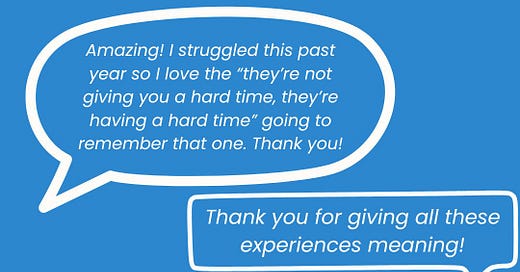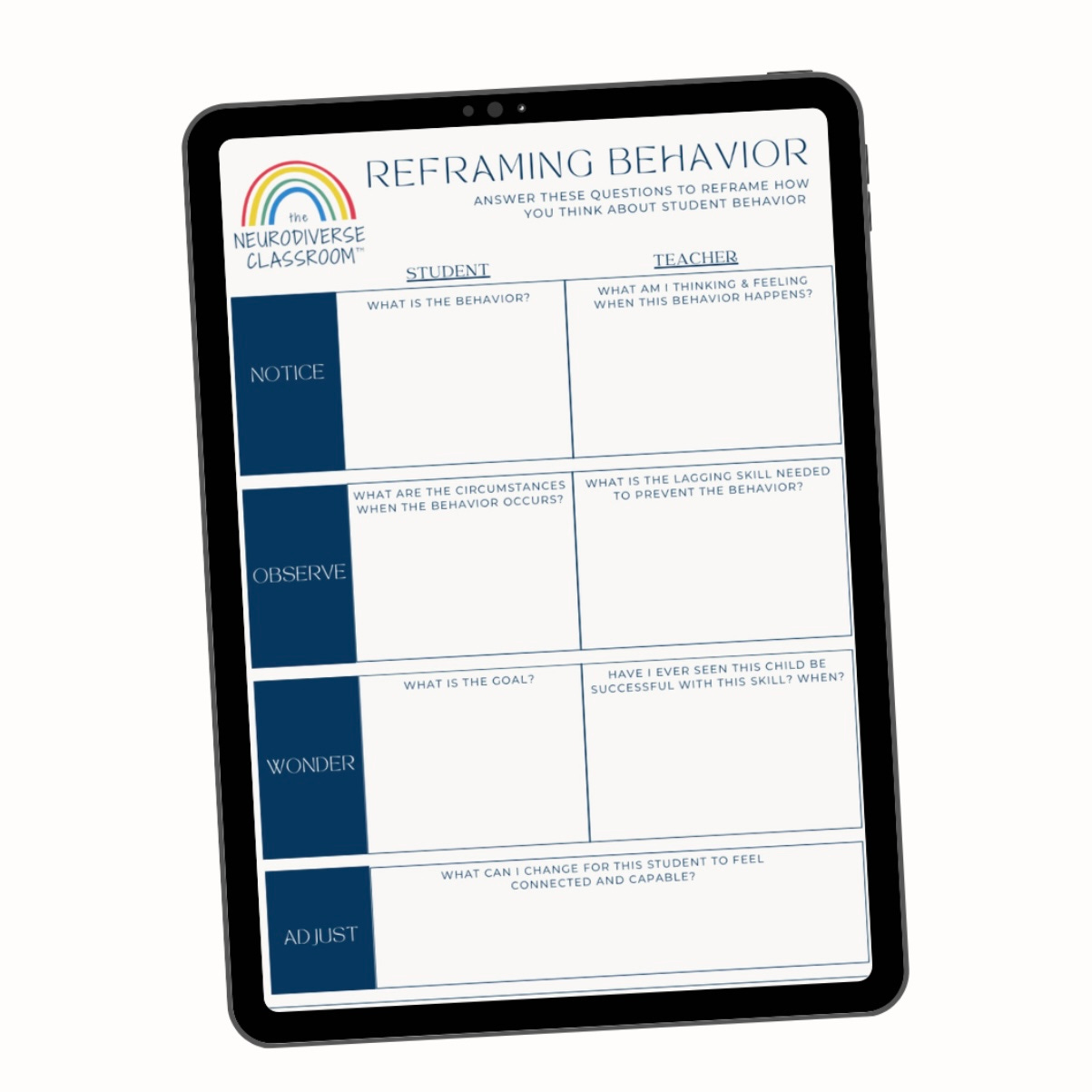Hey, y’all!
My on-demand professional development course The Neurodiverse Classroom for PreK-8th grade teachers is on sale through June 13th! This course offers 6 hours of professional development for educators wanting to better support neurodivergent students in the general education classroom.
Parents, you can gift a teacher this training by entering the teacher’s email at checkout. More info at the link:
On the blog this week…
Why a Diagnosis Is (and isn't) Important
In my work with parents of young children, many come to me after noticing differences in their child’s development. While all children develop at their own pace, so…
Podcast Highlight…
This episode with teacher educator, Emily Daniels, was one of my most-listened to of 2024. In this episode, Emily and I discuss the Regulated Classroom framework, which emphasizes co-regulation, connectors, activators, settlers, and affirmations.
Emily discusses how leveraging nostalgia, music, movement, and affirmations can create joyful and regulating experiences for all learners, including neurodivergent students.
Now scheduling August professional development…
I’m now scheduling topics related to building an inclusive classroom, understanding how neurodivergence and anxiety impact learning, effective collaboration with parents, teacher mental wellness, and how prevent and respond to negative behavior in the classroom.
Read more and contact me at the link!
Substack for teachers…
Did you know that teachers get 50% off paid subscriptions? It’s an honor system so behave accordingly :)
*log in with a browser if you don’t see the discount in the app*
Free resources for teachers…
I believe behavior charts are for teachers, not students.
Behavior charts should help adults privately track data and solve problems, not bring awareness to show kids what they’re doing wrong—they likely already know (and feel) that something is off. Free to download at the link!
**All content provided is protected under applicable copyright, patent, trademark, and other proprietary rights. All content is provided for informational and education purposes only. No content is intended to be a substitute for professional medical or psychological diagnosis, advice or treatment. Information provided does not create an agreement for service between Dr. Emily W. King and the recipient. Consult your physician regarding the applicability of any opinions or recommendations with respect to you or your child's symptoms or medical condition. Children or adults who show signs of dangerous behavior toward themselves and/or others, should be placed immediately under the care of a qualified professional.**






![[Podcast] The Regulated Classroom with Emily Daniels](https://substackcdn.com/image/fetch/$s_!jfOK!,w_1300,h_650,c_fill,f_auto,q_auto:good,fl_progressive:steep,g_auto/https%3A%2F%2Fsubstack-post-media.s3.amazonaws.com%2Fpublic%2Fimages%2Fc591e0ee-2546-43f6-99a7-8b83970329fe_3000x3000.png)

